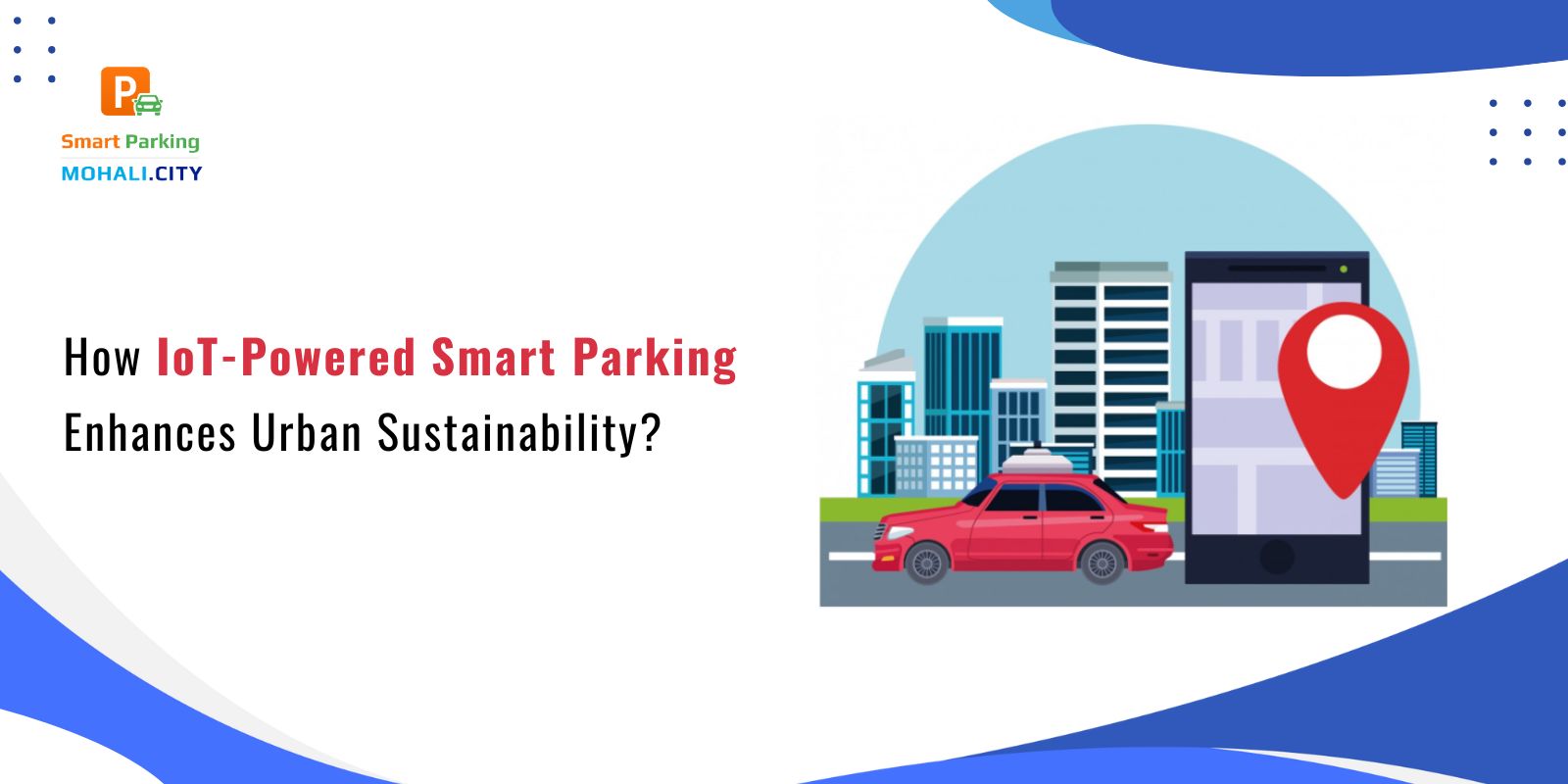Urban areas worldwide are grappling with the challenges of traffic congestion, pollution, and inefficient land use. As cities continue to grow, traditional parking solutions often exacerbate these issues. Enter IoT-powered smart parking systems—innovative technologies that not only streamline parking but also play a pivotal role in promoting urban sustainability. In this comprehensive guide, we'll delve into how these smart parking solutions are transforming cities, enhancing environmental quality, and improving the overall urban experience.
Understanding IoT-Powered Smart Parking Systems
At its core, an IoT-powered smart parking system integrates Internet of Things (IoT) devices, sensors, and real-time data analytics to monitor and manage parking spaces efficiently. These systems provide drivers with real-time information about available parking spots, reducing the time spent searching for parking and minimizing traffic congestion.
Key components of such systems include:
Smart Sensors: Embedded in parking spaces, these sensors detect vehicle presence and relay data to central management systems.
Mobile Applications: Allow users to locate and reserve parking spots remotely, streamlining the parking process.
Data Analytics Platforms: Analyze parking patterns and optimize space utilization, aiding in urban planning and policy-making.
By leveraging these technologies, cities can create more efficient, sustainable, and user-friendly parking environments.
1. Reducing Traffic Congestion and Emissions
One of the most significant environmental benefits of IoT-based smart parking systems is the reduction in traffic congestion. Studies have shown that a substantial portion of urban traffic is caused by drivers searching for parking. By providing real-time data on parking availability, smart parking systems minimize the time spent driving in circles, thereby reducing fuel consumption and emissions.
For instance, the Smart Parking app offers features like real-time availability, dynamic pricing, secure payments, and data analytics, all aimed at optimizing parking efficiency and reducing environmental impact .
2. Optimizing Land Use and Preserving Green Spaces
Traditional parking solutions often require large, expansive areas, leading to the consumption of valuable urban land. IoT-powered smart parking systems optimize the use of existing parking facilities, reducing the need for additional parking structures. This efficient utilization helps preserve green spaces and promotes sustainable urban development.
Moreover, by integrating smart parking solutions with public transportation networks, cities can encourage the use of alternative modes of transport, further reducing the demand for extensive parking infrastructure.
3. Enhancing Urban Mobility and Accessibility
Smart parking systems contribute to improved urban mobility by providing users with real-time information about parking availability, traffic conditions, and public transportation options. This integration allows for seamless transitions between different modes of transport, enhancing overall accessibility and reducing reliance on private vehicles.
Additionally, features like dynamic pricing can encourage users to park in less congested areas, balancing demand and improving the distribution of vehicles across the city.
4. Supporting Sustainable Transportation Modes
IoT-based smart parking systems can be integrated with electric vehicle (EV) charging stations, promoting the adoption of sustainable transportation options. By providing real-time information about the availability of EV charging spots, these systems facilitate the transition to cleaner energy sources and reduce the carbon footprint of urban transportation.
Furthermore, by optimizing parking space utilization, smart parking solutions can accommodate the growing number of EVs, ensuring that infrastructure keeps pace with technological advancements.
5. Enabling Data-Driven Urban Planning
The data collected by IoT-powered smart parking systems provides valuable insights into parking patterns, traffic flows, and user behavior. Urban planners and policymakers can leverage this data to make informed decisions about infrastructure development, traffic management, and environmental policies.
For example, understanding peak parking times and areas with high demand can help in designing better public transportation routes or implementing car-sharing programs, leading to more sustainable urban mobility solutions .
6. Improving Safety and Security
Smart parking systems enhance safety and security by providing real-time monitoring of parking areas. Features like Automatic Number Plate Recognition (ANPR) cameras and vehicle detection sensors help in identifying unauthorized vehicles and potential security threats.
Additionally, the integration of smart parking solutions with mobile applications allows users to report issues or suspicious activities promptly, fostering a safer parking environment for all.
7. Economic Benefits and Cost Savings
Implementing IoT-powered smart parking systems can lead to significant cost savings for cities and businesses. By optimizing parking space utilization and reducing operational inefficiencies, these systems can increase revenue generation and reduce maintenance costs.
Moreover, the data analytics capabilities of smart parking solutions enable dynamic pricing models, adjusting rates based on demand and maximizing revenue potential.
8. Enhancing User Experience
The user experience is at the forefront of smart parking solutions. Features like real-time parking availability, seamless payment options, and mobile app integration make parking more convenient and less stressful for users.
By providing a hassle-free parking experience, smart parking systems encourage users to adopt sustainable transportation options and contribute to the overall efficiency of urban mobility.
Conclusion
IoT-powered smart parking systems are more than just a technological advancement, they are a cornerstone of sustainable urban development. By reducing traffic congestion, optimizing land use, supporting sustainable transportation modes, and enabling data-driven urban planning, these systems play a crucial role in enhancing the environmental and economic health of cities.
As urban populations continue to grow, the adoption of smart parking solutions will be instrumental in creating livable, efficient, and sustainable urban environments. Cities that invest in these technologies today are paving the way for a greener, more connected tomorrow.













Share this post on: